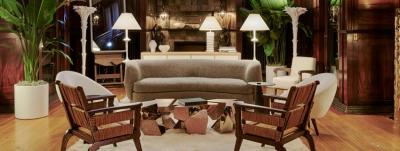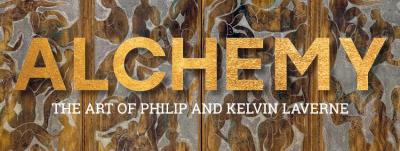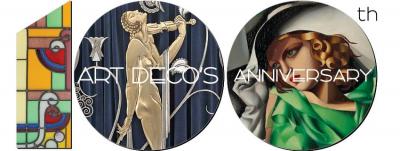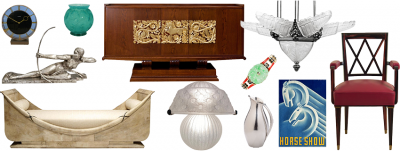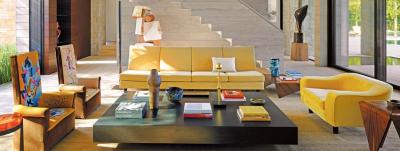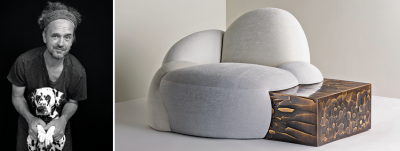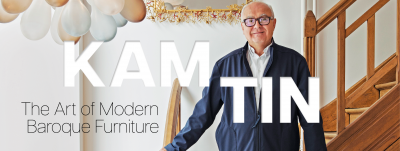The Paul Revere House
 | |
Fig. 1: Mezzotint of Paul Revere, engraved by Charles Balthazar de Saint-Memin (1770–1852), from a chalk drawing by Saint-Memin, ca. 1800. Diam.: 2-1/4 in. Gift of Miss Marion Cole. Photography by John Miller Documents. |
On December 31, 1902, John Phillips Reynolds Jr., a great-grandson of Paul Revere, purchased Revere’s house in the North End of Boston, Massachusetts, to prevent it from being torn down. Over the next few years, a committee of antiquarians, politicians, businessmen, and other Revere descendants formed the Paul Revere Memorial Association and hired well-known restoration architect Joseph Chandler to renovate the building — the only surviving seventeenth-century residence in downtown Boston and one of the few examples of traditional post-and-beam English construction in the area. When the Paul Revere House opened its doors to the public in April 1908, it was one of the earliest historic house museums in the United States. This year, the Paul Revere House celebrates being open to the public for one hundred years.
In February 1770, Paul Revere (Fig. 1), a moderately prosperous Boston artisan, moved his family into his newly purchased home (Fig. 2). The house was built in about 1680 on the site of the former parsonage of the Second Church of Boston, where Increase Mather, the minister of the Second Church, and his family (including his son, Cotton Mather) lived from 1670 until it was destroyed in the great fire of 1676. Four years later a fashionable two-story townhouse was built at the same location and occupied by Robert Howard, a wealthy merchant. By the mid-eighteenth century, a partial third story was added.
 | |
Fig. 2a: Paul Revere House, front façade. |
Moving his family here from their Clark’s Wharf residence, the former merchant’s dwelling proved ideal for Revere’s growing family, which, in 1770, included his first wife, Sarah, five children, and his mother, Deborah. Born in a rented house a few blocks away in late December 1734, Revere attended a local writing school before apprenticing with his father as a goldsmith.1 His father, Apollos Rivoire (who anglicized his name to Paul Revere), was a descendant of Huguenots from the Bordeaux region of southwestern France whose relatives had arranged for his passage to the New World. Paul Revere’s mother, Deborah Hitchborn, was the descendant of several well-established New England artisan and landowning families. Following his father’s death in 1754 and military service during the French and Indian War, Revere took over the family goldsmithing business. Within a few years he had established one of the largest shops in Boston, where he crafted and repaired silver and gold items, and engraved trade cards, bookplates (Fig. 3), billheads, illustrations for magazines, and other commercial works. For a time he also operated as a dentist, although he never made a set of teeth for George Washington, as is sometimes believed. Revere confined his dentistry business to wiring in false teeth, cleaning teeth, and selling toothpaste at his shop on the North End waterfront.2
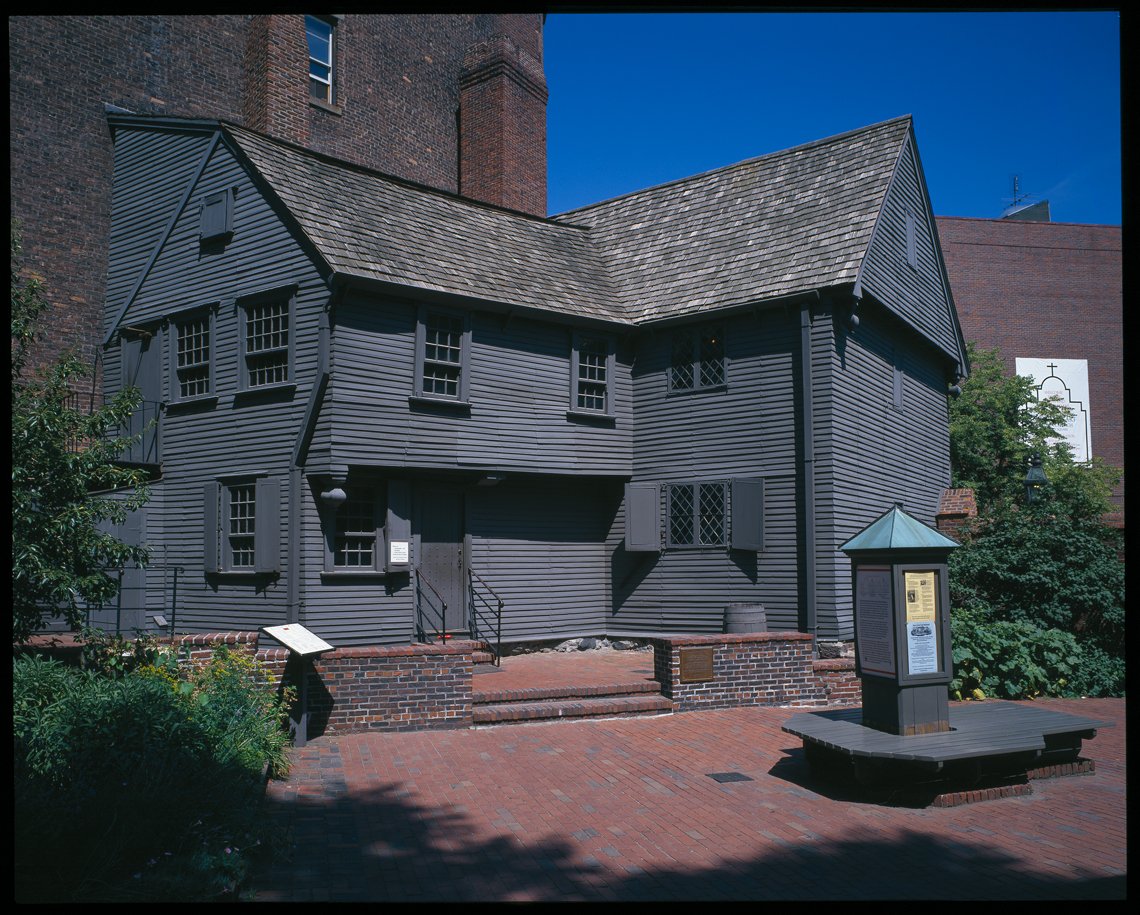 |
Fig. 2b: Paul Revere House, rear façade. |
 | |
Fig. 3: Bookplate for Gardiner Chandler, Paul Revere (1734–1818), ca. 1768–1770. Line engraving. Signed “P Revere Sculp.” Photography by John Miller Documents. |
As a goldsmith, Revere was adept at following the prevailing style. In the 1760s and 1770s, this was the highly decorated rococo style; by the 1790s, it was the neoclassical style that became popular after the Revolutionary War. The Paul Revere House owns several examples of Revere silver in both styles, including a small pear-shaped creampot, circa 1755–1765 (Fig. 4) and a portion of an original set of silverware purchased by Nancy Amory on February 2, 1796. The salt spoons have shell-shaped bowls and are crafted from single pieces of silver (Fig. 5). The handles are engraved “AA” in script letters, possibly for Abigail Taylor Amory, Nancy Amory’s sister-in-law. The creampot is of particular interest since it was made very early in Revere’s career and it is likely that most if not all of the work was done by Revere himself. By the 1790s, Paul Revere had turned over most of the day-to-day operations of his shop to his oldest son, Paul Jr. and so may have had little to do with crafting the Amory set beyond perhaps the engraving.
In the 1760s and 1770s, Paul Revere became increasingly involved in underground political activities. In 1773, following the Boston Tea Party, he began his career as a dispatch rider, carrying information as far as the Continental Congress in Philadelphia. His most famous messenger ride took place on April 18–19, 1775, when he rode to Lexington to warn John Hancock and Samuel Adams of the approach of the British.
 |  | |
left Fig. 4: Creampot, Paul Revere (1734–1818), ca. 1755–1765. Marked “P. Revere” in rectangle. Silver. H: 3˚ in. Descended in the Saltonstall family. Photography copyright Jim Smalley. right Fig. 5: Salt spoons (two from an original set of eight), Paul Revere (1734–1818), 1796. Fan-shaped bowls with eleven flutes and scalloped edges. Marked “PR” in rectangle. Engraved “AA” in period sprigged script. Silver. L. 4˙ in. Gift of Amory Goddard in loving memory of his mother and father. Photography by John Miller Documents. | ||
During the Revolutionary War, Revere printed paper currency, procured gunpowder and cannon, and was an artillery officer in the Massachusetts militia. Following the war, he used the profits from his silver shop to invest in a series of new businesses: a hardware store, a bell and cannon foundry on Boston’s waterfront, and the first successful copper-rolling mill in the United States. Revere copper was used to plate the hulls of ships, and to cover the roofs of building, including the newly constructed Massachusetts State House. One of the few artifacts to survive from Paul Revere’s original mill complex is a codfish shaped weathervane with a lead eye that was removed from one of the mill buildings, probably the water tower, some time in the nineteenth century (Fig. 6). Revere died in 1818 at the age of 83, and was buried in Boston’s Granary Burying Ground next to his second wife, Rachel, with whom he had four surviving children.
Paul Revere owned his North Square house from 1770 to 1800. Evidence suggests that the family moved out in 1780 and moved back again later in the decade. Why Revere did this is not clear, but it may have had something to do with the locations of his postwar hardware store and foundry businesses.3 Recent research suggests that from the 1820s until at least the 1850s, the Revere house served as a sailor’s boardinghouse.4 Later in the century, the ground floor was converted into shops and the upper floors inhabited by tenants. In the 1880s a tobacco store and then a candy business occupied the ground floor. From 1890 until 1907, a vegetable and fruit business occupied the ground floor, while in about 1900 an Italian bank and a cigar-manufacturing company could be found on the second floor (Fig. 7).
 |
Fig. 6: Weathervane from Canton Copper Mill building, early nineteenth century. Painted cedar with lead disc eye. L. 31, W. 6-1/2 in. Photography by John Miller Documents. |
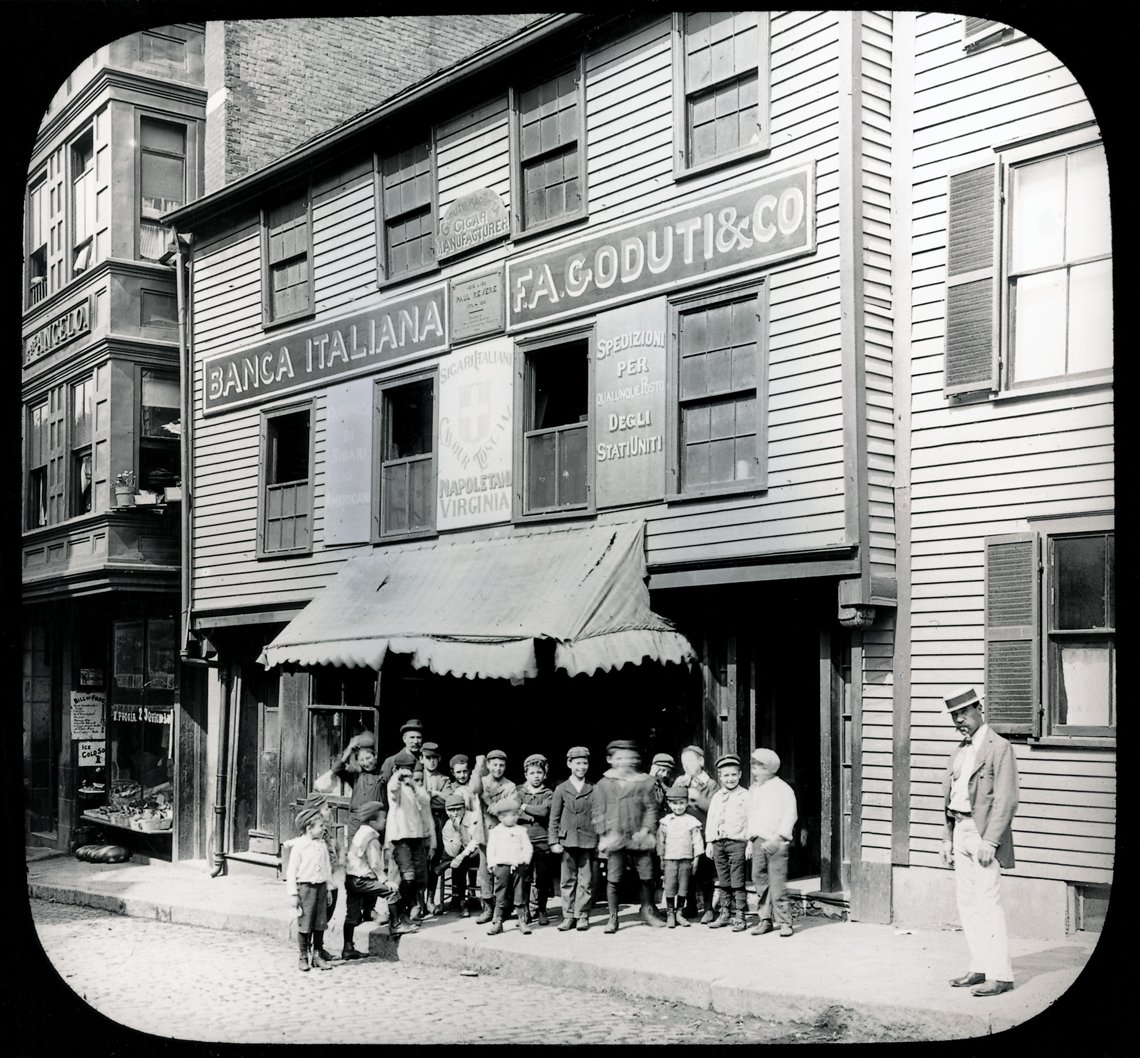 | |
Fig. 7: Paul Revere House prior to restoration, ca. 1900. Glass slide. Published by the Detroit Publishing Company. Donated by Robert B. Severy. |
The interior of the Paul Revere House today contains examples of seventeenth-, eighteenth-, and early-nineteenth-century furnishings collected over the past hundred years. The back door leads into a small kitchen furnished to represent a typical late colonial or early Federal kitchen. Until about 1790 the room served as a small back parlor or bedchamber (the original kitchen was located in the cellar). Evidence suggests that it was the Reveres who added the back chimney to the house and converted this room into a kitchen.
The only other room on the first floor is a large hall at the front of the house (Fig. 8). In a colonial house, a hall usually served as a combination dining room and living room but could serve other purposes as well. The Revere house hall is large enough to have been used for sleeping purposes. The furniture in the room dates from between 1650 and 1720 and is in the style its first owner, merchant Robert Howard, would have been familiar with. Several of the items in this room, including the late seventeenth-century carved Carolean armchair and the carpet (a twentieth-century reproduction of a seventeenth-century carpet) on the table, would have been quite expensive in the late seventeenth century. The press cupboard (on loan from the Metropolitan Museum of Art) has the date “1699” carved on the center of the skirt board. For Paul Revere, as for Robert Howard, this room would have been the most public room in the house.
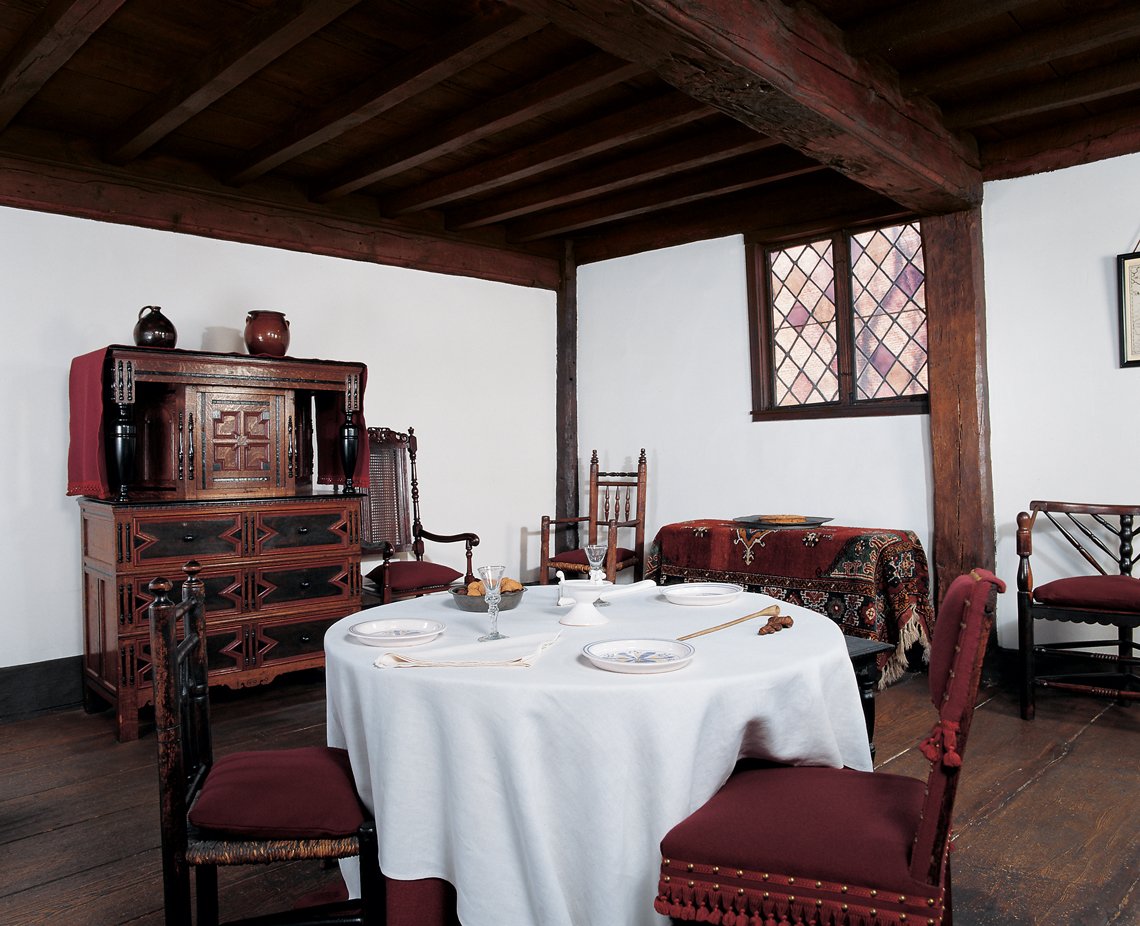 |
Fig. 8: First floor front room (hall). In the mid-1980s, this room was refurnished and reinterpreted to reflect the time of the first owner, merchant Robert Howard. Other items in this room include (clockwise from the top right) a late seventeenth-century turned or great chair, a three-corner chair, probably English or Dutch, ca. 1670, an English-made upholstered side chair, ca. 1660–1690, and another turned side chair. |
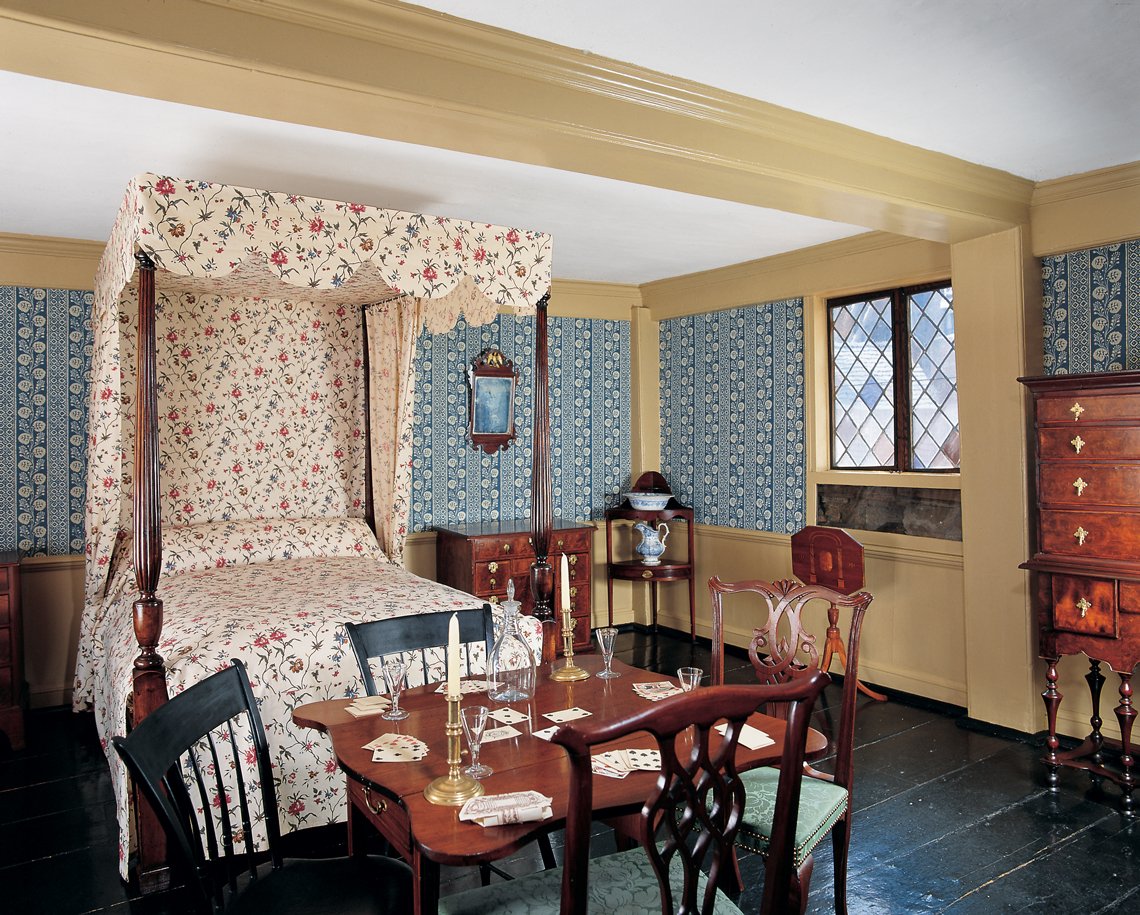 |
Fig. 9: Second floor front room (best chamber) furnished to reflect the Revere occupancy about 1790. |
The second-floor best chamber contains several pieces of furniture with a history of use by the Revere family (Fig. 9). The early nineteenth-century sewing table, or ladies work table, was, according to family tradition, owned by Paul Revere’s second wife, Rachel Walker Revere. According to Revere descendants, the upholstered easy chair or wing chair was known in the family as “Grandma Rachel’s chair,” while the pair of Windsor side chairs were used in the Revere family’s home on Charter Street in Boston, where the family moved after they sold their North Square home in 1800. Other furniture in this room was chosen to reflect the Revere ownership of the house well after the Revolutionary War, in the 1790s.
 | |
Fig. 10: Sampler, framed needlework, linen ground, cotton and silk embroidery threads. Signed and dated in stitching: “Maria Revere Curtis, Her Work, Aged 11 Years, January 25, 1819.” The ground has been embroidered in a number of “learning stitches” in red (faded to pink), blues and dark brown. H: 17-1/2, W: 17-1/2 in. Gift of Miss Marion Cole. Photography by Charlene Wortman. |
The back bedchamber contains two Revere family pieces. According to family tradition Paul Revere used the Windsor chair as an office chair in his Canton, Massachusetts, copper mill. The sampler on the wall was completed by Paul Revere’s great-granddaughter Maria Revere Curtis in 1819 (Fig. 10).
In 1942 the Paul Revere Memorial Association acquired the property of a recently demolished five-story apartment building next door to the Revere house. This space was eventually redesigned as a public courtyard and now serves as the entrance to the museum. In 1970, the Association acquired the Pierce-Hichborn House, located two doors down the street, a fine example of early Georgian architecture. Nathaniel Hichborn, one of Paul Revere’s first cousins, lived in this house from 1782 to 1797, and his relatives owned the building until the 1860s. In 2007, the Association purchased an 1835 row house at 5-6 Lathrop Place, located directly behind the Revere house, on property once owned by Paul Revere. The plan is to convert this building into a visitor and education center, creating much needed space for education programs, visitor amenities, a gift shop, an orientation center, storage space and offices. A master plan for all of the properties has been completed, and fundraising has begun for this major expansion project.
1. In the eighteenth century, goldsmiths were expected to work in both gold and silver. Since most goldsmiths, especially in the colonies, did the bulk of their work in silver, they are today most often referred to as silversmiths. Paul Revere, however, almost invariably referred to himself as a goldsmith.
2. Information about the ancestry and early life of Paul Revere can be found in Nina Zannieri, Patrick M. Leehey, et. al., Paul Revere, Artisan Businessman and Patriot – The Man Behind the Myth (Boston: Paul Revere Memorial Association, 1988).
3. Marc Callis, “The Many Homes of Paul Revere: 1780–1800,” in The Revere House Gazette, 80 (Fall, 2005).
4. Laura B. Driemeyer, Paul Revere Memorial Association Boardinghouse Research Report (May 2007), unpublished research report on file in the Paul Revere Memorial Association Library.
 |
The Paul Revere House is located in North Square in the North End of Boston and is open for general admission; the Pierce-Hichborn House is shown by guided tour. To learn more about the house or Paul Revere Memorial Association’s Anniversary Campaign, visit www.paulreverehouse.org or call 617.523.2338.
Patrick M. Leehey has been on the staff at the Paul Revere House for over twenty years and is currently the museum’s research director.
This article was originally published in the Late Spring 2008 issue of Antiques & Fine Art magazine, a fully digitized version of which is available at www.afamag.com. AFA is affiliated with Incollect.com.






















